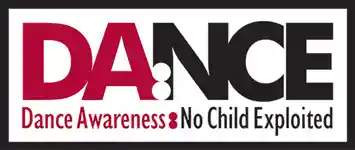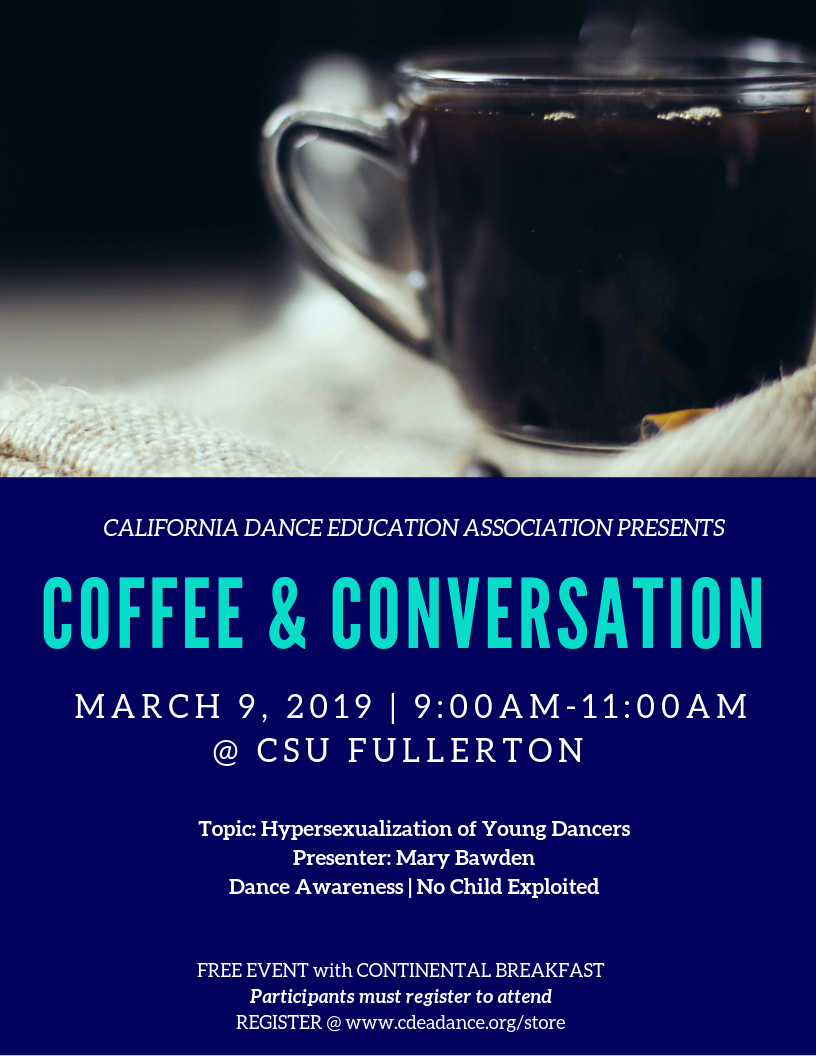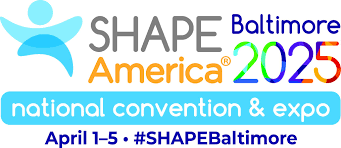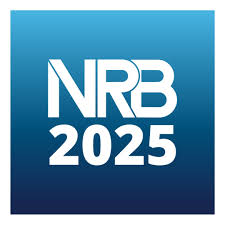“In an art form that is ripe for play, creativity, and imagination, as an industry and society we are settling for selling our girls’ childhood to the lowest common denominator.”
Elizabeth Gough Schultz, Master of Fine Arts in Dance, UCIrvine
When I spoke at ‘Coffee and Conversation’ 2 weeks ago, I addressed the lowest common denominator in children’s dance: hypersexualized choreography; during that time, I also discussed a partial definition of harmful choreography developed by YPAD(youth protection advocates in dance):
• Any sexually suggestive movements such as twerking, “booty pops”, lip licking, finger licking, and breast or groin stroking, patting or pointing towards breast or genitalia, lip pouting, or winks that promote a sexual tone.
• Mimic obscene gestures, drug or alcohol use, or gang activity (i.e. flashing “gang” symbols, middle finger, licking the hand and grabbing the crotch).
• Include sexually suggestive grinding, humping the floor, sexually straddling a prop (like a chair), back arches with bottoms to the audience in a suggestive manner.
• Use props that are sexually suggestive or meant to depict violence (whips, chains, guns or knives) unless they are part of age-appropriate storytelling (Pirates of the Caribbean, etc.).
• Staging the dancers in a row touching each other and then rolling their bottoms or gyrating their hips in sexually suggestive way.
• Spanking themselves or another dancer on the bottom or running their hands up another dancer’s body in a seductive manner.
• Crotch drops in a deep plié with knees and feet turned out, either by itself or multiple bouncing while engaged low on the floor.
• Contain artistic concepts or themes with sexual connotations or references to drug or alcohol use (such as “partying at the club”).
• Contain expressions that connote an “invitation” on the part of the audience to view the dancer as a sexual target (e.g., “come hither” looks, winks, long gazes
and provocative stares directly into the eyes of judges or audience members.
The unhealthy movement definition above should concern educators(and that means YOU because you’re on the DA:NCE Team) who value children and understand the importance of leadership to protect our youngest citizens from participating in adult, sexualized movement. Now get ready for a new statistic. Did you know that there is a 58% increase in dance studio enrollment around the country? Good news if enrollments are taking place in healthy, educational settings. But bad news if children attend studios that hypersexualize them. Let me remind you that the research shows that outcomes for children in hypersexualized settings include eating disorders, depression, lack of self worth, relational confusion, body dysmorphia, an increase in rape culture, higher risk of porn use, challenges in cognitive development, promiscuity, poor academics and many, many more.
Hypersexualization of children in adult costumes, choreography and music is immersed in a cultural crisis because adults display a lack of awareness that prevents proactive solutions. For that reason, I have developed 4 educational objectives that go beyond the vision and mission for DA:NCE and explain why it was founded:
A. To protect children from hypersexualization in adult costumes, choreography and music, and to protect the art of dance
B. To create free research materials to give adults informed choices about the differences between healthy or harmful dance
C. To engage in respectful conversations about hypersexualization without shaming/demonizing adults or dance studios so that there is a path for reflection and changed perspectives
D. To communicate the hypersexualization of children in dance and its connection to the public health issue of pornography with bipartisan engagement
Before I leave you, I’d like to give you a snapshot of the talk I gave at ‘Coffee and Conversation’ for Cal State Fullerton.
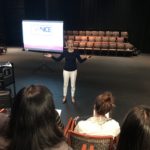
In a few days, I plan to share similar information on an educational TV show called ‘A New Day.’ Help me out by sharing this information with friends and family and engaging in respectful, courageous conversations. Can I encourage you to be intentional?
Thanks friends.
